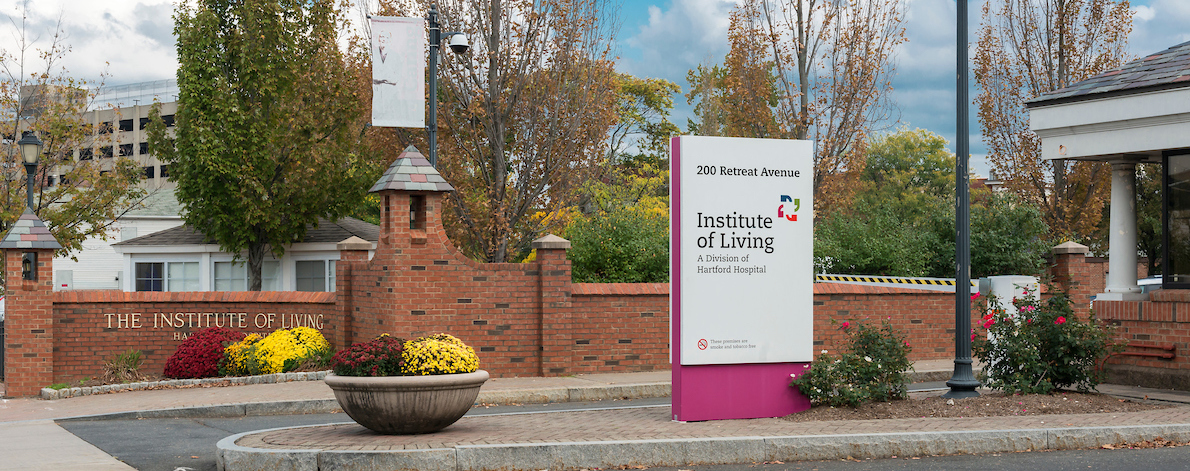The IOL history is dotted with the names of influential people who advocated for the humane, safe care of the mentally ill. Those names are also immortalized on buildings around the campus.
They include:
- Dr. Eli Todd. The IOL’s first superintendent, serving from 1823 to 1833, became interested in mental illness after caring for a sister who suffered from depression and eventually committed suicide. He championed the concept of mental illness as a disease and promoted the philosophy of moral treatment focused on patients’ individual needs, an approach known as “moral treatment.” “The great design of moral management,” he said, “is to bring those faculties which yet remain sound to bear upon those which are diseased.”
- Gideon Tomlinson, namesake of the Tomlinson Cottage, was a lawyer and former state representative who served as president of the Institute from 1827 to 1836. He left to serve as the state’s 25th governor, resigning after being appointed to the U.S. Senate. He is also known as one of the first railroad presidents in the nation, at the helm of the Housatonic Railroad Company.
- Dr. Silas Fuller. Appointed physician and superintendent in 1833, he was a native of Columbia and had served as a surgeon in the U.S. Army. He served at the facility until 1840.
- Dr. Amariah Brigham. Third superintendent and founder of the country’s first psychiatric journal (now the American Journal of Psychiatry), he was among the first neuroscientists and “the father” of social psychiatry, laying the groundwork for what is now called the “biopsychosocial model” of care. He helped shepherd the IOL from a custodial to a curative institution.
- Dr. John Butler. Presiding over a large influx of patients, many who could not pay for services, he served as superintendent for 30 years beginning in 1843. Before the state hospital was built to ease the overcrowding, he instituted key upgrades to the property including shifting from fireplaces to a boiler for heat, introducing as lighting to brighten rooms and hallways, and adding wings to accommodate patients.
- William Buckingham, president of the IOL from 1868 to 1875, owned a dry goods store in Norwich, where he served several terms as mayor from the Whig party. He was also manager and treasurer of Haywood Rubber Company, which he helped form. From 1858 to 1866, he served as governor, managing the economic panic from the Civil War and using his own money to finance the state’s war efforts. He also served in the U.S. Senate from 1869 to his death in 1875. Buckingham Hall is named for him.
- Dr. Henry Putnam Sterns. After being named superintendent in 1874, he requested time to travel in Europe to familiarize himself with European medicine and, particularly, the way doctors their treated the insane. The Civil War veteran, who saw action at Bull Run, developed an interest in helping people with “mental disease,” possibly as a result of his military work. Before stepping down in 1905, he oversaw the expansion of patient rooms to meet increased demand and the introduction of modern amenities like radiators.
- Dr. C. Charles Burlingame. Named superintendent in 1939, he focused on transforming the IOL to equal parts hospital, university/educational environment and resort to appeal to the wealthy. While this meant adding indoor and outdoor pools, tennis courts and a nine-hole golf course, he’s also credited with expanding research with a dedicated building featuring state-of-the-art equipment.
- Dr. Francis Braceland. As chief psychiatrist of the IOL from 1951 to 1965, the prominent wartime physician is credited with shifting the facility’s reputation from posh sanitarium for the rich and famous to a highly-respected psychiatric hospital. He oversaw creation of the IOL Professionals Program to help professionally-employed people address their illness without losing their job.
- Dr. John Donnelly. An English native arrived at the IOL in 1949 as a psychiatrist, and rose through the ranks to become medical director in 1956 and, in 1965, psychiatrist-in-chief and chief executive officer. He served until retirement in 1979. He was active on a national level as well, serving as co-chair of an American Psychiatric Association committee investigating concerns that Russia was using psychiatry as punishment.
- Dr. Harold “Hank” Schwartz. Arriving in the 1980s from Hartford Hospital, and working for 29 years as psychiatrist-in-chief, he is credited with reshaping its clinical landscape with the creation of such programs as the Schizophrenia Rehabilitation Program (focusing on cognitive rehabilitation), Anxiety Disorders Center, Early Psychosis Program and LGBTQ offerings, among others. Existing research programs were reinvigorated and new ones, like Olin, were created along with the reestablishment of independent residency programs.
Special thanks to Lori Hayes, library assistant in the Hartford Hospital/IOL archives, for her help with researching the biographical information.


